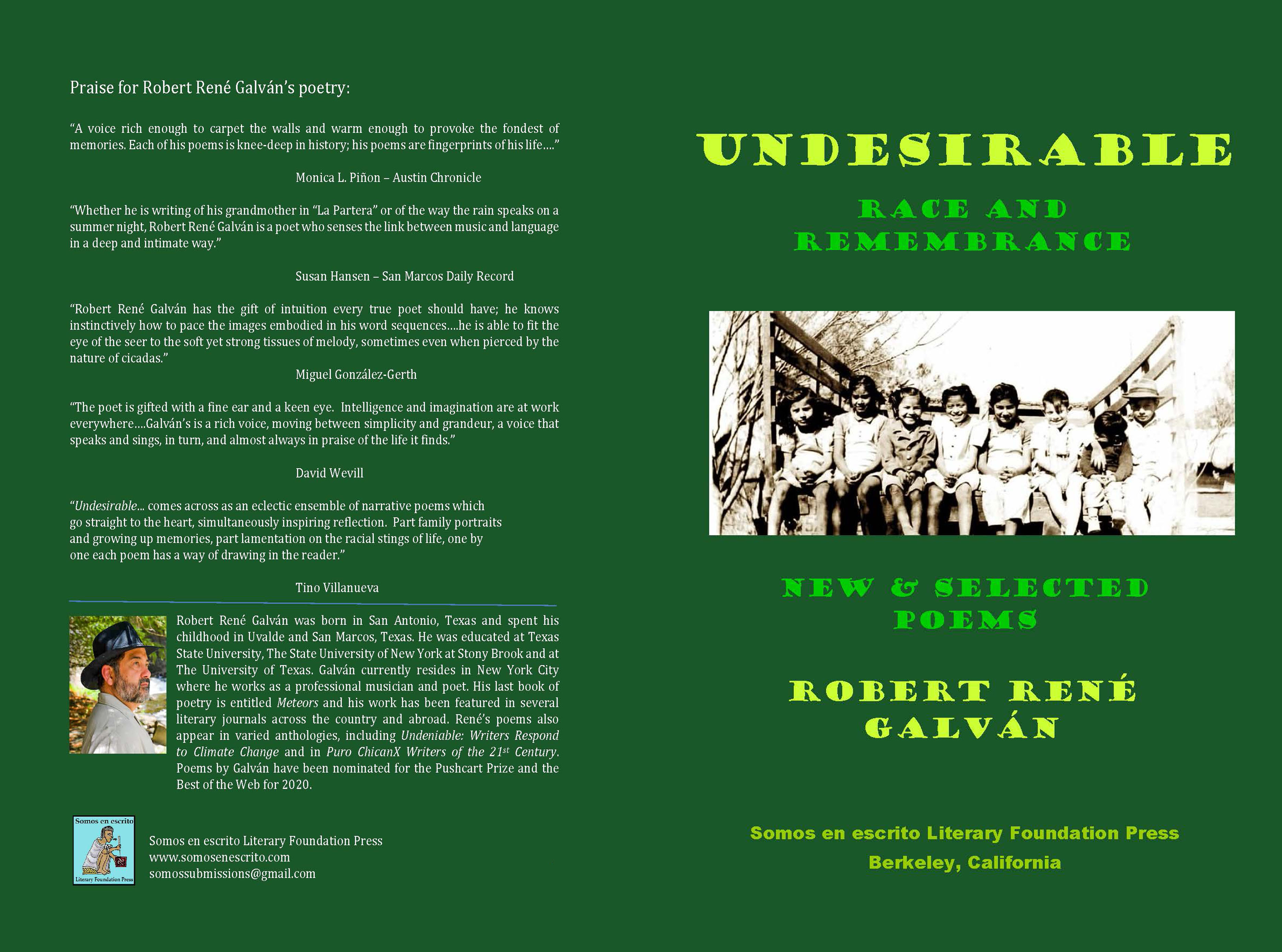

Marc Edwards, now an assistant professor of biology at Amherst College, recalled that, in graduate school, at another institution, a dean suggested he wear a tie to class in response to incessant profiling. #BlackInTheIvory is being asked during your first week of college if you’re sure you can handle it, many said, or being asked on campus if you’re in the right place or “lost.” #BlackInTheIvory is having campus security constantly ask for your research-lab badge, residence-hall identification, and/or driver’s license. By Sunday night, #BlackInTheIvory was one of the top twenty hashtags in the country. The next morning, Davis and Woods found their notification in-boxes filled with hundreds of tweets from Black academics and graduate students, sharing their stories of exclusion and pain. “Already tweeted it out.” Davis followed suit, using the hashtag while retweeting a physician named Shaquita Bell: “Black individuals in the United States have endured events in our everyday life without an audience or validation of our experiences.” “I love it,” Woods replied from her iPhone. She texted a friend, Joy Melody Woods, a doctoral student in the Moody College of Communication at the University of Texas at Austin, to see what she thought of the hashtag idea.

“Folks tout the liberal ivory tower,” she told me. “Academia is seen as a very liberal and progressive place, but systemic racism is running through all of these different institutions.”Īlthough she was not an avid Twitter user, Davis came up with the hashtag #BlackInTheIvory, thinking it might be a good way for Black people to share their stories about racism in her sphere of influence. “I think I was just drawing the very obvious connections,” she said. She asked herself repeatedly, “What can I do?” She was already thinking about what it would look like for universities to cut ties with police departments. As she sat alone on her couch, ruminating about the murders of George Floyd and Breonna Taylor and news coverage of the La Mesa protest-the crowd had been mostly white and Latinx, she said, but the media made it seem as though Black folks were the ones destroying property-she felt more and more enraged. There were reports of bottles thrown, tear gas unleashed, arson, and looting.Ī week later, after attending another protest, Davis still couldn’t calm down. The event had started out peacefully but turned ugly when California Highway Patrol officers squared off with thousands of protesters on the I-8 freeway. Davis herself had gone to a Black Lives Matter protest in La Mesa the previous weekend. She was in California to do research on a project that was funded by a Ford Foundation postdoctoral fellowship-plans that had been affected somewhat by COVID-19 and the widespread protests for racial justice. On a Saturday night in early June, Shardé Davis, an assistant professor in the Department of Communication at the University of Connecticut, was sitting on a couch in a rented apartment in San Diego, scrolling through her Twitter feed.


 0 kommentar(er)
0 kommentar(er)
